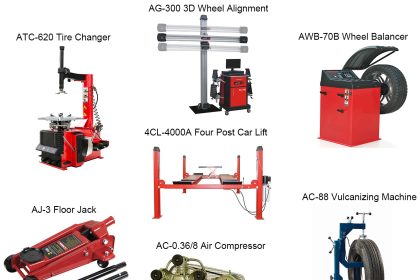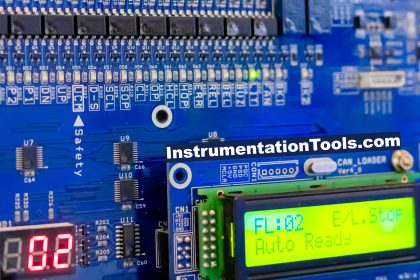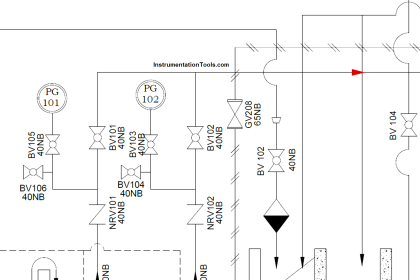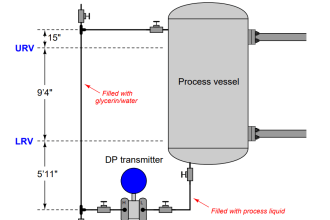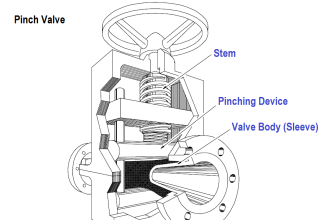A thread sealant is a product used to seal the gaps between thread connections (male and female threads).
Usually it’s a common practice to neglect the thread sealant.
Hardly any instrumentation engineer pays attention to thread sealant. Basically, the technicians must be trained to use the right type of thread sealant in the right manner to get the best result.
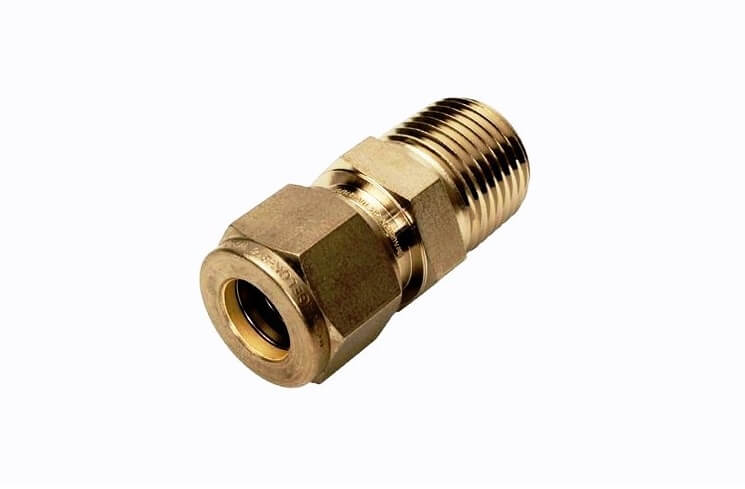
Thread Sealant Selection
While selecting a thread sealant one must consider following factors:
- Compatibility with the wetted materials,
- Compatibility with the system media,
- Ease of application,
- Curing time,
- Pressure and temperature of system media,
Many thread sealants are available for use in industrial applications like PTFE tape, PTFE paste, Stag B, Silver Seal, etc.
PTFE versus Teflon
You may see PTFE plumber’s tape being casually referred to as ‘Teflon™ tape’ in some situations, but this isn’t technically accurate.
Teflon™ is a highly specific brand of material that – while chemically and functionally identical to PTFE – is actually no longer manufactured in tape form by the current trademark holder.
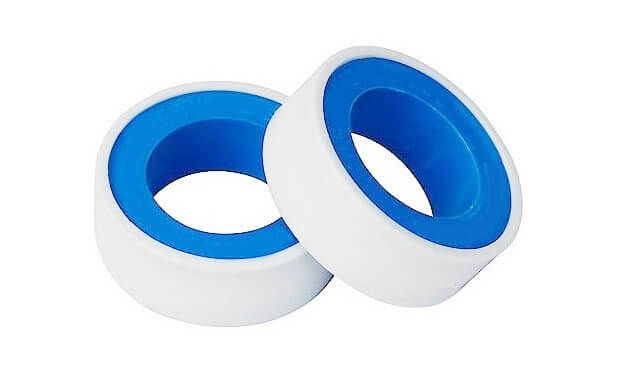
Therefore, strictly speaking, there is no such thing as Teflon™ thread sealing tape sold on today’s market. By contrast, true PTFE tape is widely available.
PTFE is good for all instrumentation fittings where the temperature is less than 200 deg C and where the process fluid doesn’t react with PTFE tape.
There is also a possibility of analyzer sample contamination in case the thread sealant in the form of paste if applied on the threads is not cured properly.
PTFE is chemically inert to almost all the chemicals up to the temperature of 230°C without any physical deformation with the exception of fluorine dry, monoethanol amine and fluorochemicals eg chlorine trifluoride (CIF3). The physical deformation possibility can occur if it is subjected to high temperature and pressures.
Especially for Oxygen service in Air Separation Unit / Oxygen plants, the best thread sealant is PTFE tape. Moreover, in Oxygen service silver seal II and stag B are not recommended as these are oil-based.
It is recommended to use PTFE tape thread sealant for tapered threads in instrumentation impulse tubing applications. It is vital to apply PTFE tape properly without excess, use adequate tools to cut the tape and keep the working environment clean!
The PTFE tape must not protrude into the fluid. If applied properly, the PTFE tape is not prone to the impact ignition mechanism – is cooled and protected by the thread itself. Use of PTFE tape is well proven in numerous applications globally.
However, there is a concern with paste-like thread sealants. Concerns range from the possible decomposition of any such product – through lack of knowledge about possible H-C bonds – up to the potential exposure of the paste to the fluid in case of excessive or imprudent use.
It is recommended to use only Oxygen compatible thread sealant throughout the Air Separation Unit to avoid ambiguity and spurious mixing of compatible and incompatible sealant!
Stag B
STAG B is a smooth consistency lead-free jointing compound with a temperature resistance of in the range of -40 degrees C to +650 degree C.
It is reddish-brown in color. STAG-B is resistant to a wide variety of chemicals apart from high temperature and high pressure > 170kg/cm.
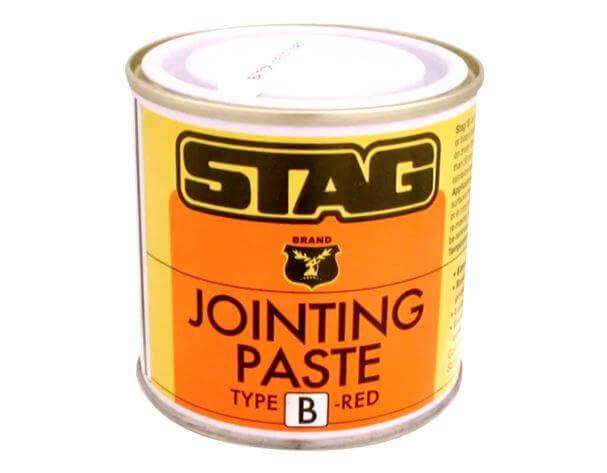
Stag B has performed and excelled as steam sealant in steam turbines, boiler feed-water pumps, boiler-areas, steam/ water/ brine pipes etc. in many thermal power plants. Stag B is resistant to Steam, Water, Brine, Oil, Gases, Acids, Sea Water, Toluene, 50% Phosphoric Acid, Concentrated Hydrochloric Acid, Ammonia, LPG and Natural Gas.
Stag B jointing paste is applied by brush to previously cleaned surfaces, free from rust, dirt, oil, grease, etc. Being highly chemical resistant, it can also be used on threaded connections in refinery, chemical plants, petrochemical complexes, pharmaceutical and many other process industries.
Stag B is resistant to town gas and Natural Gas. Hence is ideal for domestic supply connections. It has excellent resistance to Petrol, Diesel, and most oils.
Stag B contains Isopropanol, which, being inflammable, represents the only significant hazard during use. Removal from hands can be effected using a proprietary waterless hand cleaner.
Regarding storage, Stag B to be stored at normal ambient temperatures and the relevant regulations for the storage of inflammable materials to be observed.
Silver seal II
Silver Seal II is a silver-gray paste sealant that is exceptionally durable under conditions of high temperature and pressure.
It is a fibrous paste sealant used for sealing rough or irregular joints
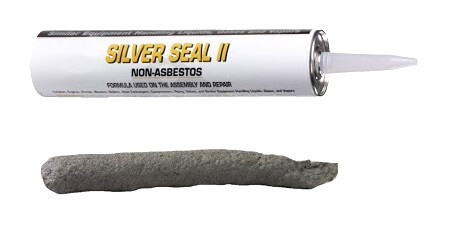
Image courtesy: IGS Industries
Silver seal II and stag B are paste and suitable for high temperatures. However, these thread sealants also require a curing time of 3 to 4 hours.
Hence as a part of Instrument installation checklist following points need to be checked:
- Check and ensure that Teflon Tape is used for services of temperature upto 210 DegC.
- Check and ensure that maximum of two rounds of Teflon tape are applied on threaded portion of fittings
- Check and ensure that Silver Seal-II is used for services of temperature above 210 DegC.
Good luck for thread sealing !
Read Next:


